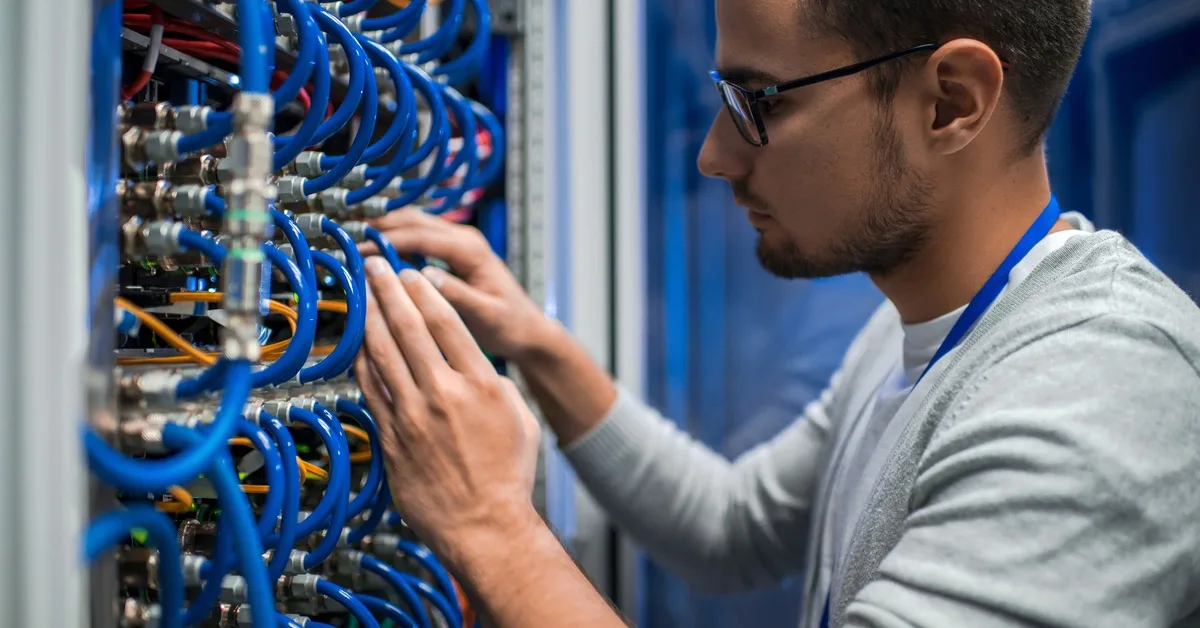
Efficient network rack operation is critical for data center performance, but understanding network rack challenges and how to solve them can feel overwhelming. Overlooked issues can turn into costly problems, especially when racks house sensitive and expensive IT equipment. Here’s a closer look at the most common challenges and practical solutions.
1. Temperature Control
Overheating leads to hardware failures, reduces server lifespan, and downtime. Poor airflow design, inadequate cooling systems, or overcrowded racks can cause this issue. To address these concerns, install airflow management solutions, such as perforated doors and blanking panels. Use in-row cooling systems for consistent thermal management, and monitor temperature to catch spikes and prevent hardware damage.
2. High Humidity
High humidity within data centers creates risks, including condensation and corrosion of internal components. Improper environmental controls or humidity variations can worsen this issue. Dehumidification systems and environmental sensors can mitigate risk. Pairing them with sealed network racks adds protection against harmful moisture infiltration.
3. Vibrations
External factors, such as nearby construction or structural instability, cause vibrations that disrupt network rack stability and damage sensitive equipment. Use vibration-resistant enclosures for protection. Place racks on anti-vibration floor mounts to reduce movement and maintain equipment integrity.
4. Tangled Cables
A mess of cables is another network rack challenge that you need to know how to solve. Poorly organized cables and insufficient routing pathways are inefficient, increase downtime during maintenance, and obstruct airflow.
Implement cable management solutions, such as vertical cable managers and structured routing paths, to organize cables. Label cables to enhance serviceability and reduce troubleshooting time during outages.
5. Unstable Power Source
Power fluctuations disrupt operations, cause unexpected shutdowns, and risk hardware damage. Inconsistent supply voltages or failing backup systems create these issues.
Install uninterruptible power supplies (UPS) to provide stable energy during outages. You could also use redundant power strips in network racks to maintain consistent power delivery to critical equipment. Finally, test equipment regularly to strengthen reliability and prevent sudden failures.
Optimize Your System
Solving these challenges demands attention to detail and proactive steps. Investing in premium-quality network cable management racks simplifies these tasks while enhancing operational efficiency. At AMCO Enclosures, we offer industry-leading network racks designed to address real-world challenges. Shop our selection now.
